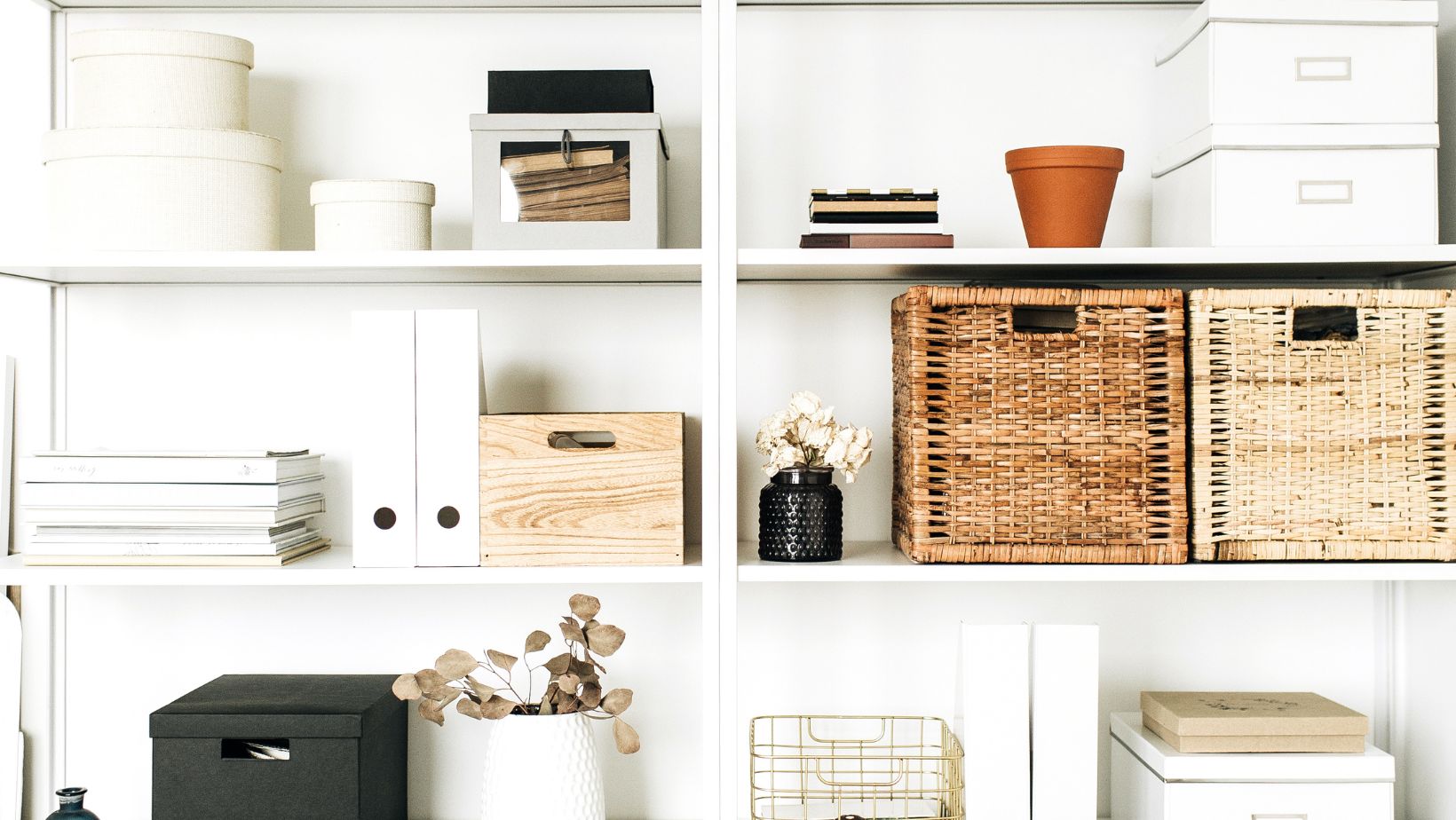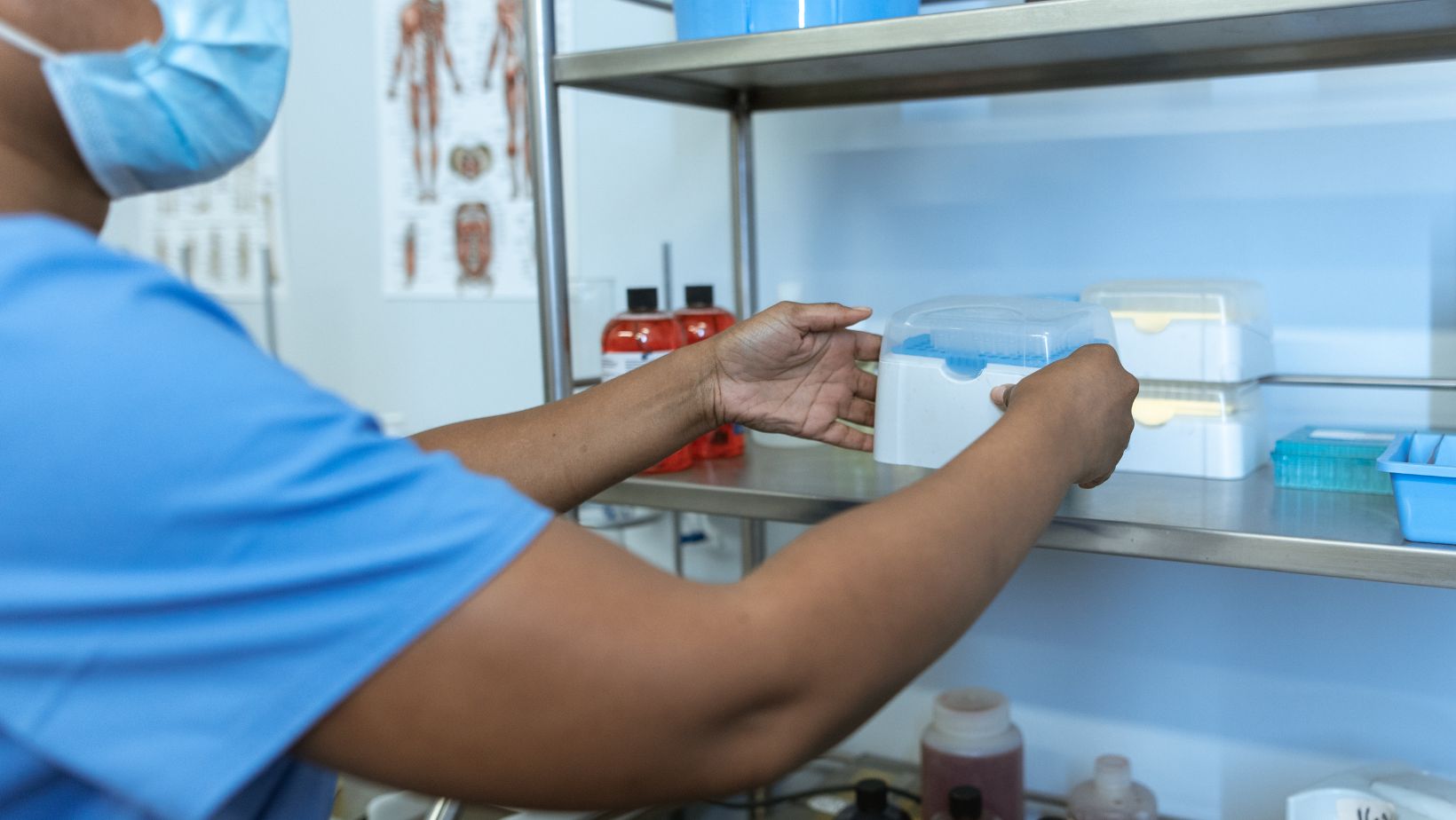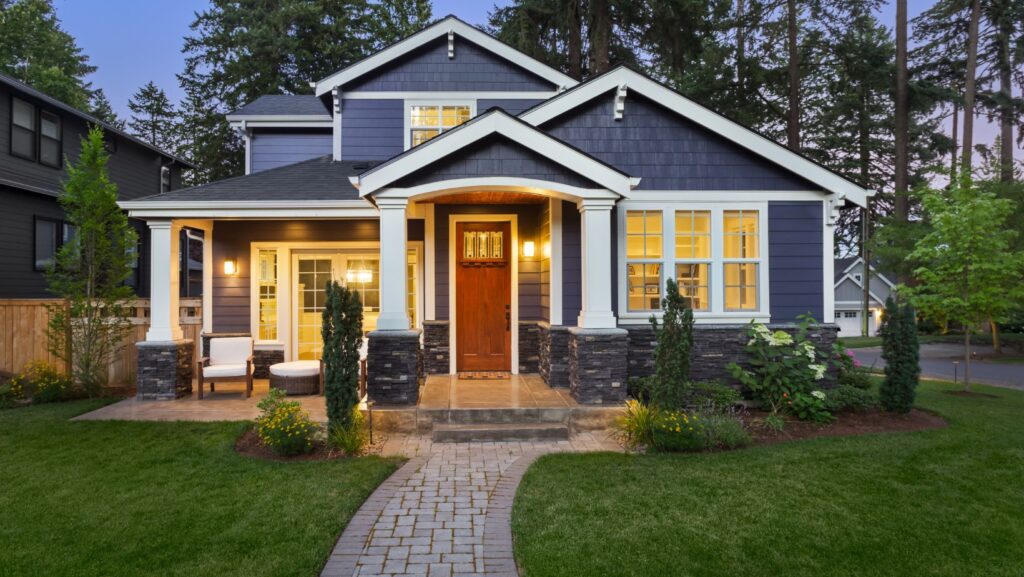Every 4.1 minutes, someone dies from a home accident in the United States, and every four seconds, another person gets injured. These numbers tell a frightening story about why we need to make home safety our top priority.
The numbers paint an alarming picture – 18,000 Americans die each year from injuries at home, while 21 million need medical care for accidents that happen where they live. The Home Safety Council reveals something even more troubling – we could prevent almost all these accidents.
Our homes hide risks in every room. Falls threaten both older adults and young children. Winter months bring fire hazards, and harmful allergens lurk year-round. But we can make our living spaces safer when we know what to look out for and how to prepare.
This piece will walk you through each room of your house and show you practical ways to create a safer, healthier environment. Let’s work together to make your home a secure haven for everyone who lives there!
Contents
Table of Contents
ToggleCreating a Safe Home Environment
Your home’s safety starts with the right safety equipment in every room. We installed smoke detectors and carbon monoxide alarms on each floor. These devices cut fire deaths by 60%. A fire extinguisher that works on multiple fire types (Class A, B, and C) will give a complete protection from fire risks.
Home security systems have changed substantially over the years and now offer better protection through new technology. Today’s systems come with motion sensors, smart cameras, and door sensors that you can check from your phone. These systems send instant alerts and connect to professional monitoring services. The monthly costs run between USD 20.00 to USD 45.00.
Every household needs a complete emergency plan to stay safe. Homeowners should map out escape routes, pick meeting spots, and keep emergency supplies ready. Home insurance is a vital part of safety planning. Many insurance companies give 5% to 20% discounts on premiums when homes have professional security monitoring.
Smart home features blend well with regular safety measures to create a strong security system. You can now control everything from locks to cameras with one app. Cellular backup keeps your system running even during blackouts. Smart outdoor lights that detect motion and sensors on all entry points add extra layers of protection to your home.
Kitchen and Living Areas Safety
Kitchens and living areas create unique safety challenges because people use these spaces the most in their homes. Home fires start in the kitchen about two-thirds of the time, and unattended equipment causes 37% of these incidents.
Fire Prevention and Detection
A clean stove and exhaust hood help prevent fires. You can reduce fire risks by keeping your cooking areas free from towels and pot holders. GFCI outlets for all countertop appliances protect against electrical fires and shocks.
Child-Proofing Common Areas
Families with young children should create a three-foot safety zone around cooking areas to prevent burns and accidents. Safety latches on cabinets and drawers are vital, especially when you have medicines, cleaning supplies, or sharp objects inside.
Safe Storage Solutions
Your home’s safety depends on good storage practices. Keep cleaning supplies and chemicals in high cabinets where children can’t reach them. Laundry pods and cleaning solutions need proper storage because their colorful packaging attracts young children.
Homeowners need adequate insurance coverage to protect against accidents. You can protect yourself from premises liability claims by documenting safety measures and regular maintenance. Insurance companies usually want professionals to install safety equipment to keep your coverage valid.

Store medications in locked cabinets and keep the National Poison Control phone number (800-222-1222) handy. A safer home environment comes from organizing cleaning supplies and dangerous items in specific areas with childproof locks that adults can still access easily.
Bedroom and Bathroom Protection
Bedrooms and bathrooms cause many household accidents. Two hundred thirty-five thousand people over the age 15 visit emergency rooms annually due to bathroom injuries alone. Bathrooms have the highest number of fall-related incidents, and almost 14% of these lead to hospitalization.
Fall Prevention Measures
You need to know the high-risk areas to prevent falls effectively. Research shows bathing and showering cause more than one-third of bathroom injuries. Nearly 15% of accidents happen during toilet use. Here are some safety modifications that can help protect you:
- Install anchor grab bars around showers, tubs, and toilets
- Place non-slip mats inside and outside shower areas
- Ensure adequate lighting with motion sensors
- Use raised toilet seats with armrests
- Keep floors clear of obstacles and remove loose rugs
Proper Ventilation Systems
Good ventilation helps create a healthy bedroom environment. Research reveals that CO2 levels can be 3 to 5 times higher when windows remain closed in poorly ventilated bedrooms. This can disrupt your sleep and reduce your cognitive performance the next day.
Set your HVAC fans to the “on” position instead of “auto” for the best ventilation. You should also install bathroom exhaust fans that vent outdoors. Let them run for an hour after use to remove moisture and airborne particles.
Safe Storage of Medications
The way you store medicines affects how well they work. Keep them in a cool, dry place at temperatures between 59 to 77 degrees F. Many people store medications in bathroom cabinets, but shower steam and moisture can damage them.

Homeowners should document all safety modifications and maintain proper insurance coverage to avoid liability issues if someone gets hurt on their property.
Note that you should check medications regularly for changes in color, texture, or smell that show deterioration. Keep a first aid kit available and maintain an updated list of emergency contacts to improve your bedroom and bathroom safety.
Outdoor Space and Garage Safety
Your outdoor spaces need constant attention to safety measures because these areas can pose unique risks. A newer study shows that 9% of home burglaries start in the garage, which makes security measures vital.
Secure Perimeter Maintenance
Regular checks of fencing and security features are the foundations of perimeter safety. Homeowners should check their perimeter weekly to spot any weak points. Motion-sensor lighting and clear sightlines around your property will boost overall security.
Pool and Garden Safety
Pool safety needs multiple protective layers to prevent accidents. These measures are vital for pool safety:
- Install four-sided fencing at least 4 feet high with self-closing gates
- Add shock-absorbing surfaces that extend 6 feet from the pool’s edge
- Remove toys and equipment after use to avoid trip hazards
- Keep rescue equipment easily available
Proper Chemical Storage
Safe chemical storage in garages needs careful planning since improper storage can create serious hazards. You should keep flammable liquids away from heat sources and ensure good ventilation. Store chemicals in their original containers and lock them in cabinets at least 2.4 meters high.
Your insurance coverage should match your safety modifications. You should verify that your insurance policies cover accidents in outdoor spaces. Security cameras and detailed records of safety measures will help protect your property.
Note that gasoline, paint thinners, and garden chemicals need separate, well-ventilated storage areas. All storage containers should have clear labels, and you should keep track of stored chemicals.
Conclusion
A safe home needs ongoing attention and proactive measures in every room. Working together with smart security systems, safety equipment, and preventive strategies can substantially reduce accidents and injuries at home.
Evidence clearly shows that the best protection comes from combining traditional safety measures with modern technology. Your family stays safer when you perform regular maintenance checks, store hazardous materials properly, and implement child-proofing measures to prevent accidents.
ConsumerShield warns that homeowners could face premises liability lawsuits from injuries on their property. Detailed homeowners insurance coverage becomes crucial. Records of all safety modifications and guidance from a qualified attorney help protect against potential claims.
Safety demands continuous dedication, not just a one-time effort. A safer living environment emerges from regular updates to emergency plans, monitoring of safety equipment, and knowledge of new security technologies. Our loved ones’ protection matters most, and our home should remain a secure haven for everyone.

